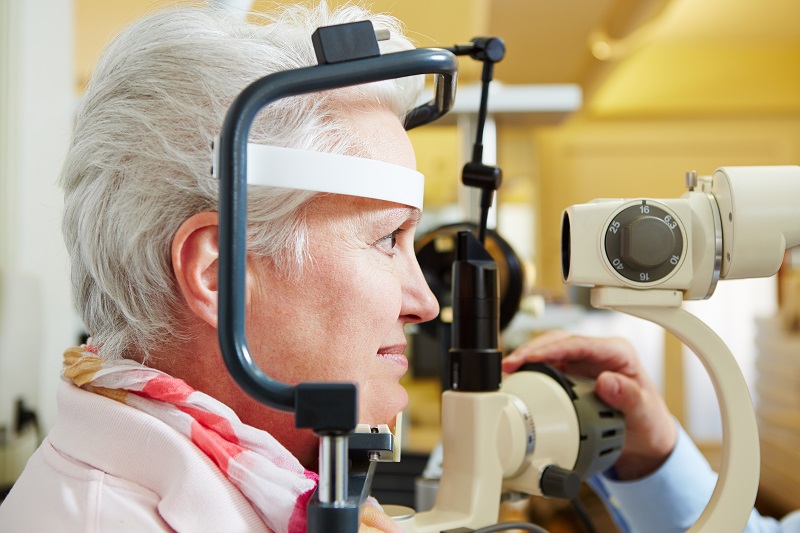
When it comes to the anatomy of the eye, the lens and cornea are are in close contact with the elements of the outside world—hence the obvious possibility of damage and disorders. The cornea is the outermost layer of tissue, while the lens is the transparent tissue behind the iris and pupil that actually works to focus images onto the retina for transmission to the brain. Disorders affecting either of these layers can cause significant visual difficulty.
There are a variety of possible corneal disorders, including refractive errors (astigmatism, nearsightedness, presbyopia, farsightedness, etc.), dystrophies (clouding of the cornea), injuries, infections and allergies. The treatment for such disorders depends on the type and severity of the issue, but may include oral medicines, topical eye drops, laser surgery and/or a complete corneal transplant.
Disorders of the lens may include cataracts (clouding of the lenses), lenticonus (the development of a cone-shaped lens), rupture, dislocation, lenticulocorneal adhesion (where the lens and cornea are joined together), and others. Cataracts are the most common lens disorder, occurring in various forms as a result of numerous causes. Cataracts generally cause a clouding of vision, creating a blurred view of the world that can, eventually, lead to partial or total blindness.
Fortunately, lens and corneal issues like cataracts and nearsightedness can often be easily taken care of with the help of outpatient laser eye surgery. Your ophthalmologist will work with you to discuss your eye health and perform a full examination to determine whether you are a good candidate for such corrective surgeries. Contact Eye Michigan to make an appointment with one of our ophthalmologists to learn about your options.
